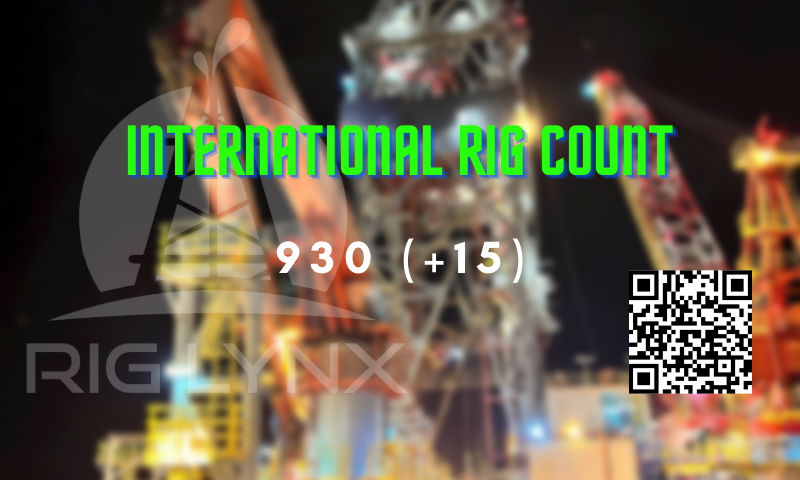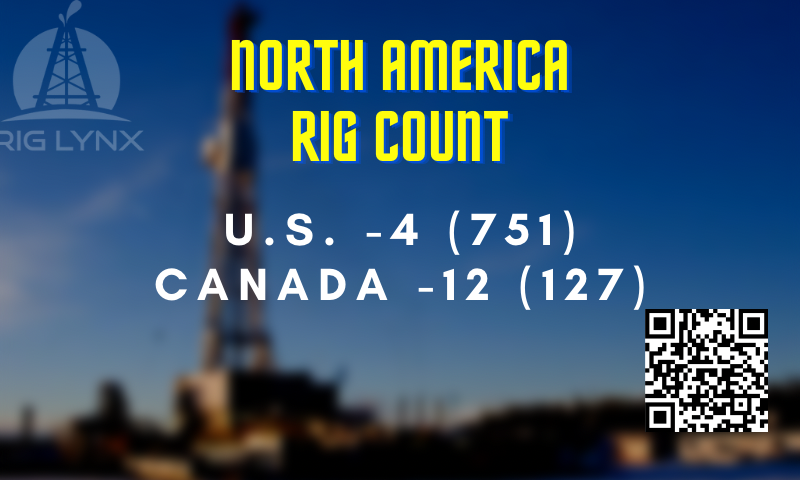
John Fredriksen’s stake in Seadrill Ltd., once worth more than $5 billion, was virtually wiped out in the oil-market crash.
Now, the Norwegian-born shipping tycoon is placing a new wager on offshore drilling after overcoming a bondholder rebellion and pushing through the most complicated restructuring ever for the industry.
After more than two years of negotiations with banks, new investors, bondholders and shipyards on how to deal with the industry’s biggest debt load, Seadrill emerged from bankruptcy protection this week. Fredriksen is investing about $300 million, raising his ownership to about 30 percent from 24 percent, according to a person familiar with the matter. That stake was already valued at about $630 million when U.S. markets closed on Thursday, and comes on top of more than $250 million he’s placed in a new rig company, Northern Drilling Ltd., an investment that has almost doubled so far.
But the past couple of years have been long and painful for the 74-year-old billionaire, who’s known as “Big Wolf†in the industry.
Financial Mess
Fredriksen founded the company in 2005 and together with his former top adviser, Tor Olav Troim, turned it into the biggest offshore driller by market value in less than a decade. But in the process, they amassed total obligations that topped $20 billion and set up a complex financial and corporate structure. Fredriksen even accused Troim, now a rig magnate in his own right, of leaving a financial mess behind when they parted ways in 2014.
Steering Seadrill back to life was a herculean task. The company named close to 90 debtor entities in its bankruptcy case, which involved more than 40 banks. More than 4,400 claims were recorded. The case was handled in a U.S. court in Texas, but spanned several countries. The most important documents had to be translated into Arabic, Norwegian, Portuguese, Spanish and Thai.
“It was one of the most complex restructurings in history, the largest ever in the offshore drilling sector,†Scott Greissman, a partner at White & Case LLP, which represented a group of banks, said in an emailed statement.
An army of lawyers and financial advisers worked on the process, representing parties from Seadrill to several creditor committees. In an interview this week, Seadrill’s Chief Executive Officer Anton Dibowitz declined to comment on the total cost of the restructuring, but acknowledged it had been “extremely long, arduous and expensive.â€
Fredriksen’s participation was critical to the entire process, according to court documents and people involved.
He teamed up with hedge fund Centerbridge Partners LP in March 2017 and then added six other investors to commit to the $1.1 billion investment as part of the restructuring plan presented by Seadrill in September when it filed for Chapter 11. In return, they would get at least 70 percent of the restructured company. Fredriksen’s investment company Hemen Holding Ltd. even got a 5 percent stake for its role as facilitator.
The banks were happy. But the company’s bondholders less so. (continued on page 2)
Check out our other current stories, we dare you…
- US rig count rises by 5 this week
- Nigerian refinery delays opening until 2020
- Oil price about to hit the roof?
<
Bondholder Revolt
About 60 percent of the unsecured lenders got only crumbs of the new capital investment, which was a juicy proposition if you believed in the rig market. A group of 37 bondholders and Barclays Plc staged a rebellion that culminated with two alternative plans in January, backed by about $200 million in deposits.
Some bondholders claimed they had been excluded from participating by a group of four of the initial investors — Aristeia Capital L.L.C., GLG Partners LP, Saba Capital Management LP and Whitebox Advisors LLC. The bondholders have emails showing they contacted Moelis & Co., the group of four’s adviser, before the Chapter 11 filing in September, according to four people familiar with the matter.
Moelis declined to comment when contacted by Bloomberg.
Getting the four investors to compromise and let the other bondholders in was the most challenging part of the entire restructuring, a person familiar with the matter said, speaking on condition of anonymity. Seadrill ultimately threatened to replace them as investors with the rebels, according to three people familiar with the matter.
In the end, with the risk of a contested Chapter 11 and potentially years in court, all parties agreed on a settlement in February. Again, Fredriksen was instrumental, reducing his stake in the new-money investment to make room for more investors. The settlement also resolved a thorny issue of $1.7 billion in shipyard claims.
Seadrill CEO Anton Dibowitz declined to comment on the details of the talks.
“What I will say is that there was a spirited, at times tough negotiation,†he said. “There was a huge amount at stake here, and people are passionate about their position.â€
In the Money
Seadrill has now cleaned billions of dollars in bond debt from its balance sheet, pushed back loan maturities and raised $1.1 billion in new capital to allow it to wait for a full market recovery. That’s likely to take “some time,†Dibowitz said.
Fredriksen, who didn’t respond to an interview request, may have to wait even longer before Seadrill becomes the cash cow it used to be and helps him recover some of the $5 billion that disappeared. Fredriksen’s net worth is estimated at about $10.7 billion by the Bloomberg Billionaire Index, down from more than $17 billion in 2014.
But whatever return he gets will be a bonus. Over the years, Seadrill paid him about $2 billion in dividends, more than the capital he injected. Before Seadrill tanked, he was already in the money.
Check out our other current stories, we dare you…
- US rig count rises by 5 this week
- Nigerian refinery delays opening until 2020
- Oil price about to hit the roof?
——Want to connect with people like you?——
Want a career in the Oil and Gas?
Connect with them!




